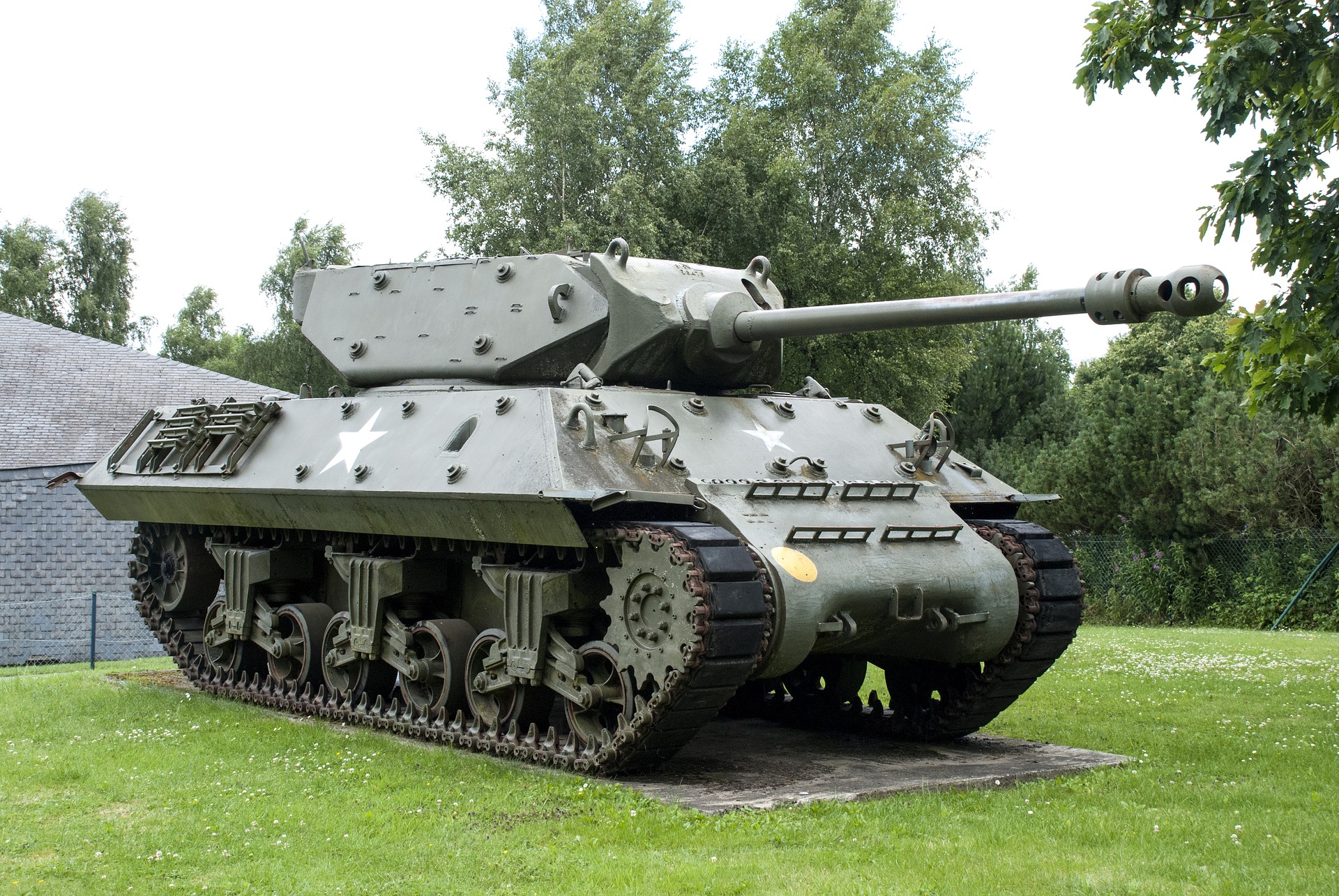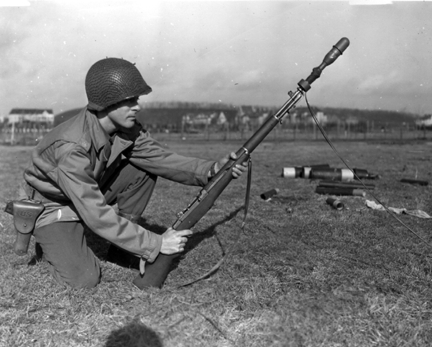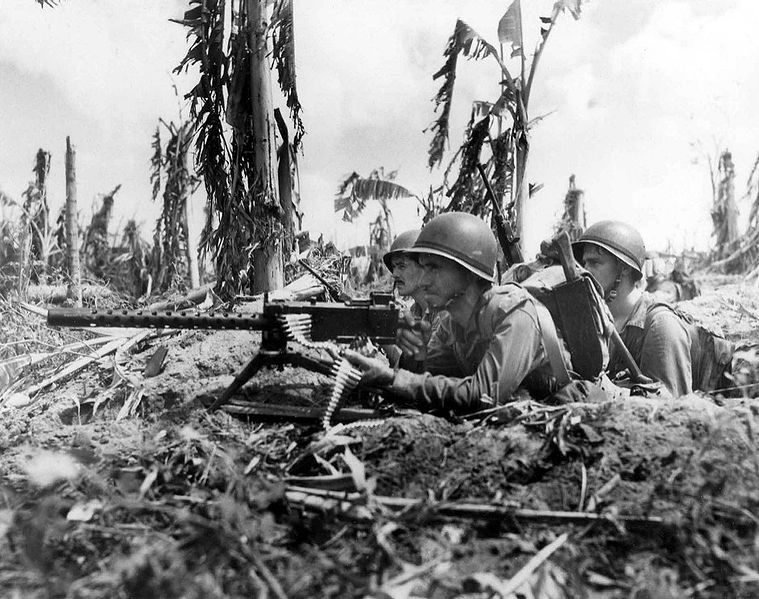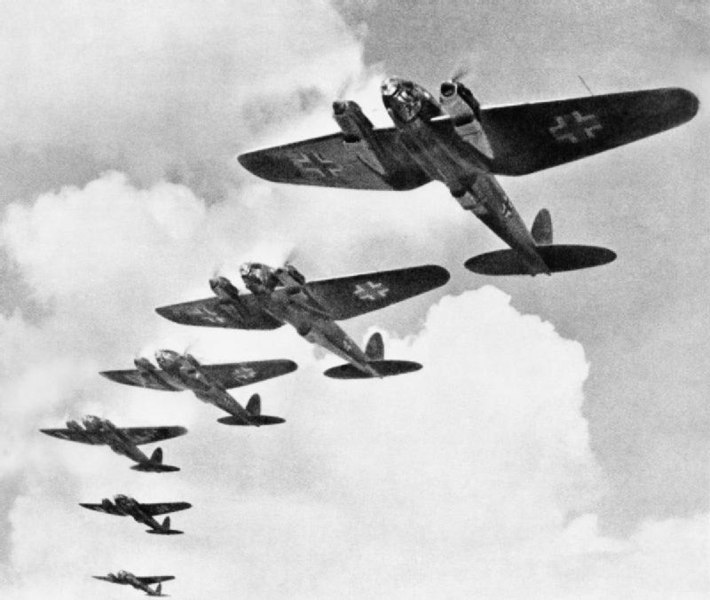The example we’ll use to demonstrate a narrowing process will be World War II. Suppose you want to write your research paper on World War II.
The material written on World War II has filled whole libraries, so you obviously won’t be able to complete a research paper on all of WWII in just eight or ten weeks.
Click on the tabs below to see how you might narrow a topic like World War II.

The first question to ask yourself is: “What aspect of WWII am I interested in understanding better?”
- Strategies?
- Weapons?
- Major characters?
- Specific battles?
Let’s say you want to understand more about WWII weapons. OK, what types of weapons were used in WWII?

You consult a couple of encyclopedia articles on WWII weapons and discover that the general categories of weapons at that time were tanks, artillery, and firearms.
Each of these categories includes several dozen to several hundred specific weapons.
Can you cover all of these in one paper? Sure, if you write a sentence on each one. But then you’re not really writing a research paper; you’re writing a list. You need to go deep, not wide. No one, including you, wants to read a paper that treats a great deal of material in a very superficial manner.

You continue to survey general information sources on WWII weapons. You read a little bit on each of the categories listed in the Second-Level Narrowing tab and decide that the one you are most interested in is artillery. OK, but what kind?
- Surface-to-air missiles (SAMS)?
- Machine guns?
- Anti-aircraft guns (Flaks)?
As you continue to poke around, you learn that air defense tactics and the various models of anti-aircraft guns were extremely critical in various battles, so you decide to focus on that.

Look at your previous terminology: “critical in various battles.” Do you think you’ll be able to do a paper on the role of anti-aircraft guns in all battles of WWII? No, you won’t. So the next logical step is to look at encyclopedias and websites to determine what were some of the major battles of WWII where the use of anti-aircraft guns were critical.
You remember hearing something about “the Blitz” of London, so you look that up and decide to focus on the role of anti-aircraft guns in defending London from German planes.
